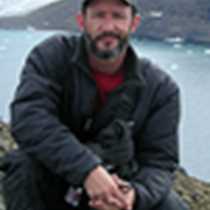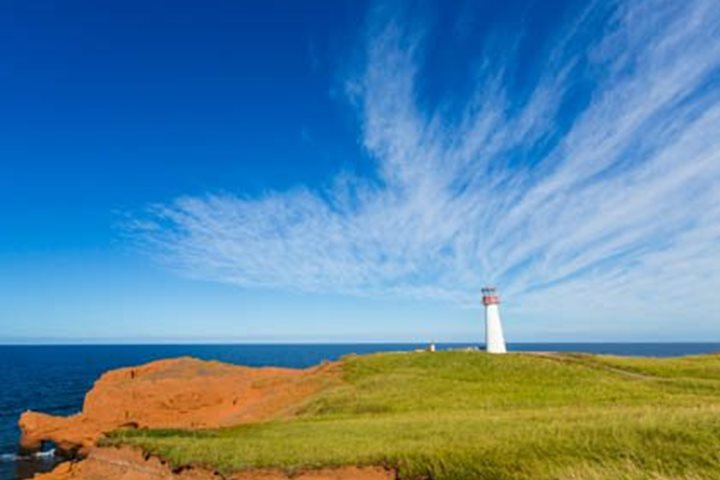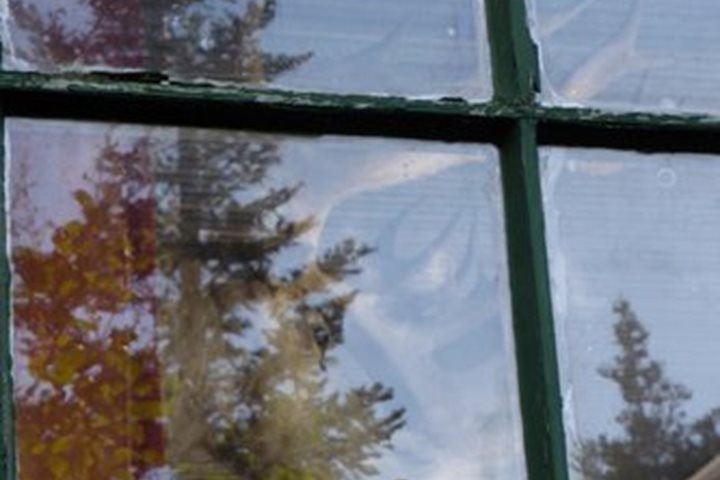After our refueling stop outside of Pond Inlet yesterday we made our way west and south as we continue on our expedition in Nunavut. The morning was foggy with light winds. National Geographic Explorer made her way to Prince Regent Inlet.
We passed by one of the Canadian Coast Guard icebreakers as she was moving east. Icebreakers patrol these waters in the summer, checking the ice conditions for vessels that attempt the Northwest Passage when the ice diminishes in August and September. The Canadians have had a long tradition of icebreakers and ice captains ready to maneuver them through these treacherous waters. The small hamlets and towns that dot the archipelago of Nunavut depend on the breakers as well to shadow the commercial vessels that deliver the bulk goods and fuel to them.
Icebreaking really began in World War II as German naval vessels made forays into Baffin Bay and near Greenland to be ready to strike at the huge convoys of resupply vessels leaving Canada and the U.S. and heading to Great Britain, Norway, and Russia. The Canadian icebreakers of the day also made their patrols to keep tabs on the German vessels. Today there are half a dozen vessels from the St. Lawrence Seaway to the west end of the Northwest Passage. As we approach Fury and Hecla strait we may end up needing their assistance.
We had several presentations during the day. Later in the day, however, the skies cleared enough for us to encounter another polar bear with a kill. This, what we assumed was a younger, very healthy male, was chewing on what was left of a seal as we approached a small string of ice floes. Our appearance caused him to decide that eating time was over and he retrieved the carcass and began swimming away with it. We allowed the animal to depart and we did the same, off towards another adventure in the sea ice of Nunavut.







